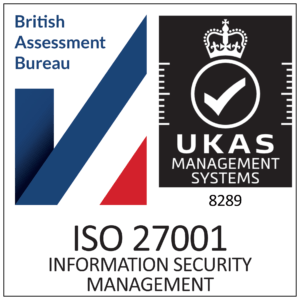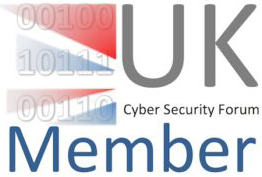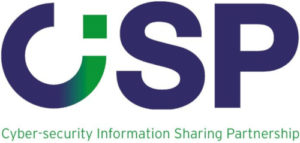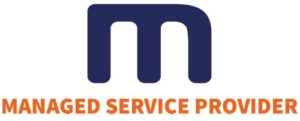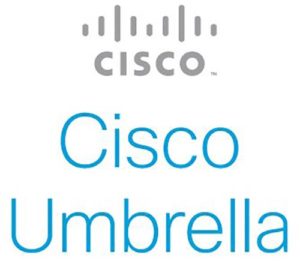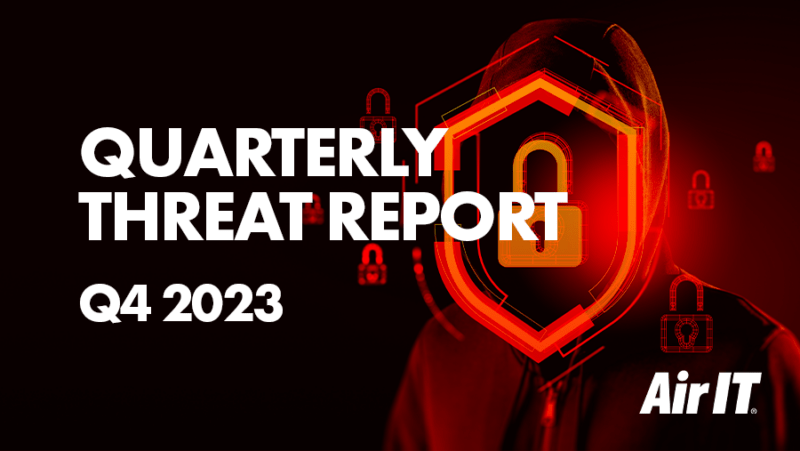Air Sec is the specialist cyber security services division of Air IT.
Cyber threats are continually evolving with attacks becoming more frequent, sophisticated and targeted.
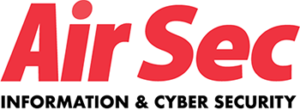
A full-service Managed Security Service Provider (MSSP), Air Sec provides advanced detection, incident response and recovery against the newest security threats – helping you safeguard your systems, data and people.
Four in ten businesses reported a cyber attack or breach in the latest UK government survey. Therefore, it’s critical that organisations take cyber security seriously and invest in advanced measures that extend well beyond traditional perimeter defences (firewalls and anti-virus).
That’s where Air Sec can help. Our next-gen managed cyber security services are designed to help you identify, mitigate and proactively defend against security risks and attacks.
Our Security Operations Centre (SOC) – with best-of-breed systems, toolsets and a fully certified team – is on hand to keep you safe and secure, protecting you from the inside out.









